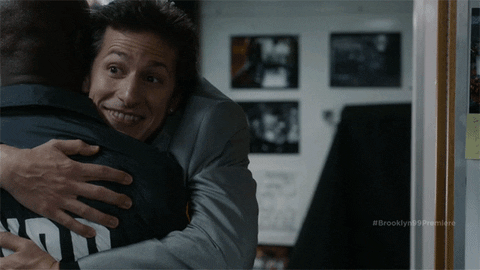“You can’t defeat emotion with logic.”
-Unknown
The biggest failures in my life in relationships have always been this singular issue. Someone was emotional, and I tried reasoning with logic. It’s the basis of almost every Twitter fight I see, Facebook fight, etc. It seems to the root cause of cancel culture in general.
I’m upset over something, no matter how trivial or inconsequential you might believe it to be, and you try and reason with me. Light fuse. Explosion.
I think one of the reasons logic fails so often when facing emotion is that emotion wants to be felt, and heard. When logic tells emotion, you are wrong, and here is a series of evidence of why you are wrong, emotion does not feel like it was felt or heard. I mean, logically, I think this is the reason!
I’m not a huge Star Trek fan, but I watched enough of it back in the day to get the gist. Captain Kirk was emotion, and Spock was logic. Captain Kirk was constantly frustrated with Spock because he addressed everything with simple logic. Spock on the other hand would constantly turn his head and look at Kirk like a dog when you talk to it, not understanding at all what you’re saying, but understanding you are trying to talk to it.
I find logic comforting. There is an order to the world, and that is calming to me. I find emotion exciting because you are never fully sure where this might be going. One second you are screaming at each other, the next second you are passionately kissing. Um, what!?! Emotion does some crazy stuff! Logic stays in its lane.
Great Leaders tend to be “Logically Emotional”!
When I think of the best leaders I’ve worked for and with, they were mostly logical. I mean of all the characteristics you want in a leader, being “unstable and emotional” will not make the Top 100 of that list! It’s one reason why employees will constantly say things about leaders in surveys like, “I don’t think she even cares!”
I can guarantee you that leader cares more about the success of the organization than you do, by a million percent! That she is living, eating, breathing every element of the organization. But, she is most likely not emotional enough for you to believe she cares as much as you. That’s because you’re getting emotional and she is staying logical.
At the same time, my great leader examples in my career tended to know the exact perfect time to show some emotion. It was usually specific, on the right side of history, and would fall within popular opinion with the employee base. Standing up for an employee going through a very difficult time, standing up for the company in a very difficult time, etc. They were experts in being logically emotional. Never a robot, but also never out of control.
The next time you find yourself feeling like you might be getting close to getting into a conflict, take a moment to just ask yourself, am I on the emotional side of this conflict or the logical side. Understand, if you are really emotional, you will tell yourself you are being logical! So, you might also have to ask yourself, is the other side of this conflict being emotional or logical. If they are being logical, most likely they are viewing you on the other side, because two people having a logical discussion about a topic that might be on opposite ends are not in conflict.








